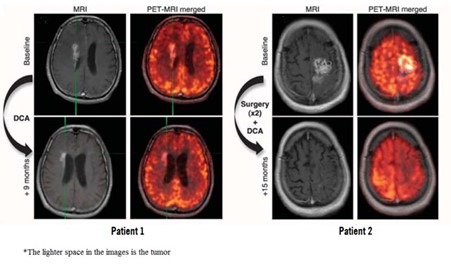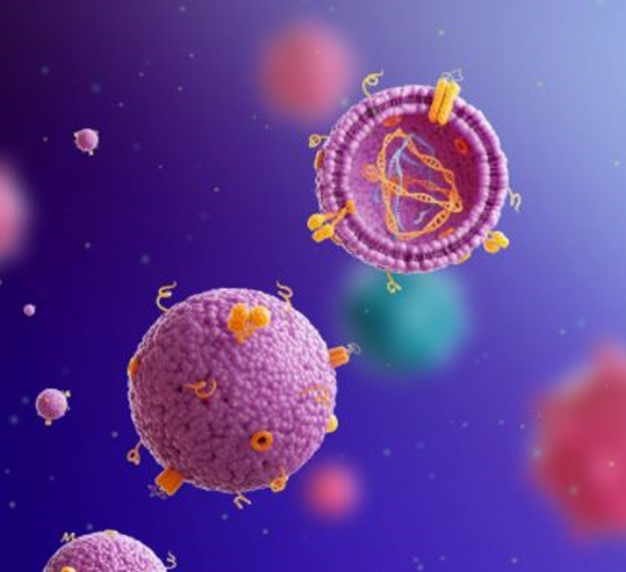Glioblastoma is a type of aggressive brain cancer that has a high resistance to cell death and a poor response to existing treatment options. All of this makes us keen to investigate new treatment options.
Not long ago, a medical science enthusiast named Doctor Evangelos Michelakis and his team conducted a series of studies on the treatment of GBM (Glioblastoma multiforme). It was determined that an ideal therapeutic agent should be able to cross the blood brain barrier and selectively affect cancer cells while causing no harm to the body’s healthy tissue.
Indeed, their choice, Sodium Dichloroacetate, possessed such properties and appeared to be free of hematologic, cardiac, renal, and hepatic toxicity. This led the researchers to one of the most notable DCA studies with live patients, which led to the following discoveries.
DCA appears to induce cancer cell death, reduce tumor vascularity, and slow the progression of Glioblastoma cancer. Most importantly, it appears that Dichloroacetate may be effective in combination therapy with other treatments against this deadly brain cancer.

DCA for cancer causes apoptosis, slows down tumor growth and reduces blood vessel formation in tumors.
Since Glioblastoma multiforme is a highly vascular tumor, the process of new blood vessel growth has a significant impact on the cancer’s nourishment and growth. Sadly, the acidic environment of the cancer cells promotes the breakdown of the interstitial matrix, which leads to metastasis through blood vessels and worsening of the cancer patient’s condition. Surprisingly, DCA appeared to inhibit the formation of new capillaries in Glioblastoma. The vascularity and network of blood vessels in post-DCA brain cancer tissue were significantly reduced.
Furthermore, DCA has been shown to promote apoptosis and slow cancer growth in Glioblastomas.

Not all drugs can cross the blood-brain barrier, but it appears that dichloroacetate was just the right size to do so and induce its specific anti-cancer effect.
The researchers had the unique opportunity to compare pre- and post-DCA treatment brain tissue from live patients. They discovered that after the treatment, the tissue had fewer cancer cells, which was due to an increase in malignant cell death and decreased proliferation of Glioblastoma multiforme. The brain scan images produced the same satisfying results:
Effects of DCA for Glioblastoma. Sodium dichloroacetate treatment for cancer
Finally, the study demonstrated that using DCA in combination with other therapies could be an effective way to combat GBM. The researchers propose that a non-toxic substance such as dichloroacetate be used both before and after radiotherapy and surgery. They also state that DCA may improve the effectiveness of standard therapies.
TMZ (temozolomide) is currently a popular choice of GBM medication. The study suggests that combining Sodium dichloroacetate and Temozolomide can improve cancer treatment even more.
This information leaves us thrilled and guessing – could this be a new and effective approach to treating this incurable disease?




